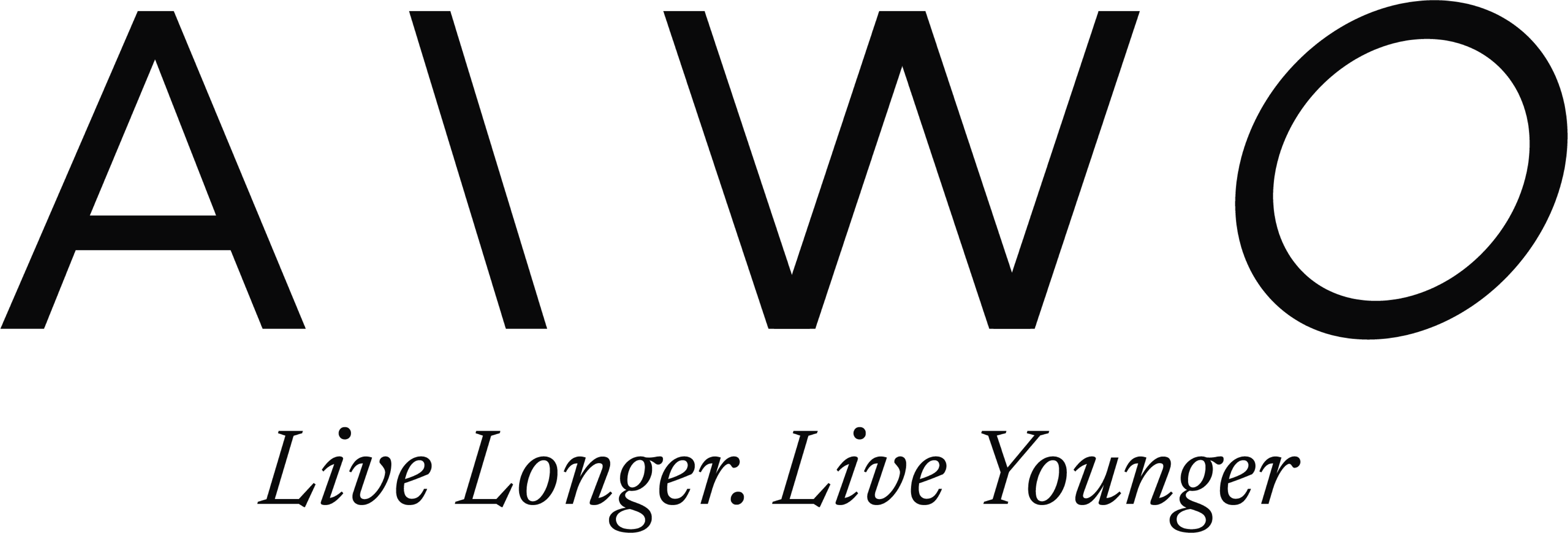
Embracing Vitality: Expert Insights on Physical Health and Wellness Routines
Understanding Physical Health and Wellness: The Basics
The Importance of Physical Well-Being
Physical well-being is crucial to living a full life. It's the foundation of daily activities. Good health allows you to engage in work and play. It can reduce the risk of illness. Taking care of your body boosts energy and mood. A strong body can also lead to a sharp mind. Overall, it's key for long-term happiness and success.
Key Aspects of a Balanced Physical Health Routine
A balanced physical health routine is essential for overall well-being. Here are key aspects:
- Regular Exercise: Aim for at least 150 minutes of moderate activity per week.
- Nutritious Diet: Eat a variety of foods across all food groups to ensure you get essential nutrients.
- Adequate Sleep: Strive for 7-9 hours of quality sleep each night to aid recovery and performance.
- Hydration: Keep the body well-hydrated by drinking enough water throughout the day.
- Stress Management: Practice relaxation techniques like yoga or meditation.
- Regular Check-ups: Visit healthcare providers for preventative care and check-ups.
- Healthy Body Weight: Maintain a body weight that's right for your height and age.
- Limiting Alcohol and Tobacco: Reduce or avoid these for better physical health.
These practices lay the foundation for sustained health and vitality.
Integrating Mental Health into Physical Wellness
Integrating mental health into your wellness routine is crucial. It’s about balance; a fit body needs a sound mind. Both are linked, each affecting the other. Exercise helps lift moods, lessen stress, and improve sleep. But that’s just one aspect. Mental exercises like meditation and mindfulness also play a part. Such practices enhance focus and resilience, aiding overall wellness. For total health, combine physical activity with mental self-care. They work together to bolster your well-being.
Strategies for Achieving Optimal Physical Health
Regular Exercise and its Benefits
Regular physical activity is vital for maintaining good health. Here's why it's beneficial:
- Enhances Cardiovascular Health: Exercise strengthens the heart and improves circulation.
- Boosts Strength and Stamina: It builds muscle and endurance, making daily tasks easier.
- Reduces Health Risks: Regular activity lowers the risk of diseases like diabetes and obesity.
- Improves Mental Health: Exercise releases endorphins, boosting mood and reducing stress.
- Promotes Weight Management: It helps control weight by burning calories and building muscle.
- Strengthens Bones: Weight-bearing exercises improve bone density, reducing the risk of osteoporosis.
Making exercise a regular part of your routine can lead to long-lasting health benefits.
The Role of Nutrition in Physical Health
Proper nutrition is crucial for physical health. It fuels your body and helps repair cells. A balanced diet should include a variety of foods. This ensures you get all the needed nutrients. Focus on fruits, vegetables, whole grains, lean proteins, and healthy fats. Stay hydrated by drinking plenty of water. Limit sugary drinks, excess sodium, and unhealthy fats. Consider consulting a dietitian for a tailored plan. They can help you meet your personal health goals.
The Impact of Sleep on Physical Performance
Sleep plays a key role in physical health. It supports recovery and boosts performance. Adequate sleep repairs muscles and consolidates memory, essential for skill learning. Poor sleep can lead to fatigue, impacting strength and endurance. Aim for 7-9 hours of quality sleep for optimal physical benefits.
Innovative Approaches to Wellness: Trends and Expertise
Wearable Fitness Tech and Its Influence on Wellness
The rise of wearable fitness tech marks a new era in health monitoring. These devices, ranging from fitness bands to smartwatches, track key health metrics. They monitor steps, heart rate, and even sleep patterns. Their impact is profound, influencing how we set fitness goals and understand our bodies. Wearable tech offers instant feedback, guiding users to adjust their routines for better outcomes. It's a new companion in our wellness journey, personalizing the quest for physical health. Indeed, such innovations signal a shift towards more data-driven and tailored approaches to wellness.
Mind-Body Practices and Wellness Coaching
Mind-body practices fuse physical exercise with mental focus. This holistic approach can enhance wellness. Examples include yoga, tai chi, and meditation. These practices help in calming the mind and strengthening the body. Wellness coaching supports these activities. It offers personalized guidance to refine mind-body techniques. Coaches also help in setting realistic health goals. Plus, they provide support in overcoming personal wellness hurdles. Together, mind-body practices and wellness coaching form a powerful duo for wellbeing.
Adapting Physical Wellness Programs for Diverse Audiences
Today's physical wellness programs must address everyone's needs. Tailoring these programs can make them more effective. To adapt them, we must consider factors like age, gender, culture, and disabilities. Here are key steps to do that:
- Evaluate the needs of different groups in the community.
- Include activities suitable for a range of fitness levels.
- Offer nutritional guidance that respects cultural preferences.
- Provide accessible resources for people with disabilities.
By making these changes, we can create inclusive programs. They help all community members enjoy the benefits of physical wellness.
